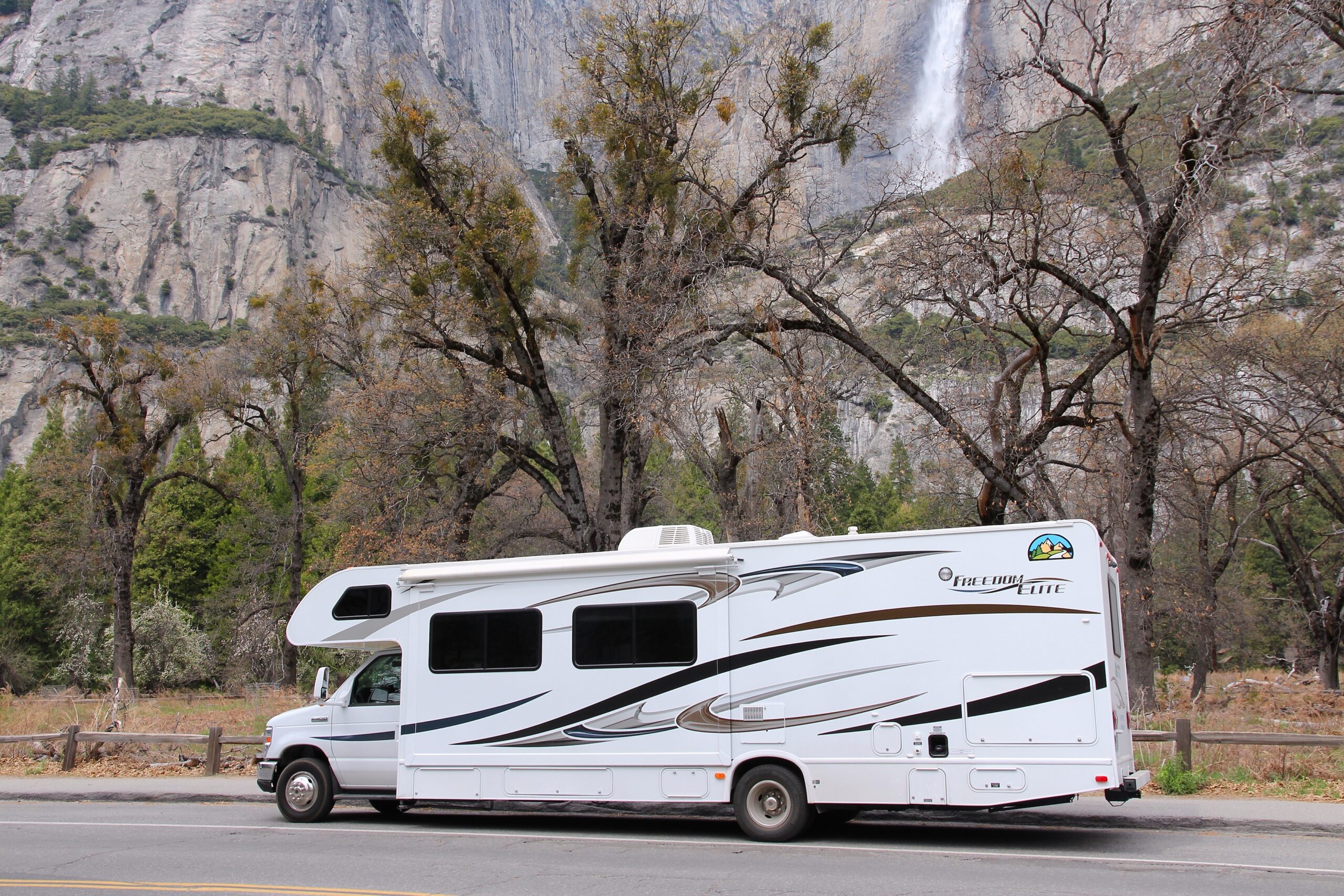
Why Is My RV Underbelly Sagging?
Most RVs have, or had at one time, some sort of underbelly covering. Over time, this underbelly can rip, come loose, and decay.
In most cases, the underbelly will be one of two materials (plastic or fabric). In the cases of some higher-end models, the underbelly of the RV is enclosed with a plastic cover, often Coroplast. Most other RVs use a black underbelly fabric similar to a tarp.
Some higher-end RVs will use a more rigid plastic armor. These are much less likely to sag and more difficult to repair if needed.
These underbelly materials serve multiple purposes. The first purpose is a form of protection from road debris, animals, and rodents. We all know these fabric underbellies are no match for mice looking for a new home; however, it is a deterrent for some rodents.
The second purpose is to help with insulated underbellies. Not all RVs have insulated underbellies, but the RVs that do utilize the covering help enclose the insulation and form a windbreak.
Aesthetics is a less important reason, but it does give the RV a clean-finished look underneath. Many cheaper RVs don’t use the coverings, but they can be added.
Why do RV underbellies start to sag?
Whichever type of underbelly you have, none of them are particularly tough. Constant vibration, wet conditions, animals, and age all take their toll on these covers.
Over time, wet road conditions and dirt from travel can eat away at the fabric covers. Animals that find their way into the underbelly, including the family cat, stretch the cover with their weight walking around.
Small rips from either animals or road debris can quickly extend and turn into a large piece of underbelly flapping in the wind as you head down the road. The perimeter where the covers are attached can also become loose and cause a sagging RV underbelly.
If wind breaks the perimeter at highway speed, this can also cause stress and flapping on the cover and lead to stretching and sagging. Due to the nature of these covers, most RVers will have to know how to repair the sagging underbelly of an RV.
A more serious problem that can cause a sagging RV underbelly is a water leak in your RV. In this case, the insulation can be wet and begin to mold if not repaired. These covers can hide leaks, so it’s important to deal with them at first sight.
How to repair a sagging RV underbelly
The fixes here are pretty simple, as this is not a structural issue or safety issue. With no structural integrity, and the underbellies being unseen, they can be patched up.
Everything from duct tape to zip ties can be used to repair sagging RV underbellies. Even small holes should be fixed, as it allows for rodents, road debris, and cold air to enter the underside of your RV.
The most challenging thing about repairing a sagging RV underbelly is dealing with the fasteners. Small, self-taping screws around the perimeter and on cross braces often rust and corrode from wet and dirty road conditions.
These screws often break when trying to remove them. If so, the holes may have to be drilled out or new holes drilled. Consider adding some extra bracing to help support the underbelly material.
If you have a hole or rip that can be repaired without removing any large sections, underbelly tape is available or Gorilla Tape can also be used to close up the hole.
With the Coroplast-style covers, it can sometimes be easier to replace a panel when it can be secured to the original bracing.
Can you remove a sagging RV underbelly?
As mentioned above, these underbellies serve multiple purposes. Simply removing it can be done, but it does leave the underside of your RV exposed.
Gas lines, water lines, and electrical are all left exposed to possible damage and premature aging. In the case of RVs with insulated underbellies, this cover is necessary to contain the insulation. Keep in mind an insulated underbelly is beneficial in both cold and hot climates.
If your RV came with an enclosed underbelly, it is best to maintain it and repair it when needed. If your RV didn’t come with an enclosed underbelly, you should consider installing one.
RV underbelly covers can be a pain to keep tight and patch up; however, they are a beneficial part of your RV. The materials are cheap, and the work (although underneath the RV) is pretty easy and doesn’t have to be precise.
Keeping your RV sealed from all sides is essential to the longevity of your RV and your comfort. Make sure you keep track of all your RV maintenance and repairs with an online tool such as RV LIFE Maintenance. Not only can you keep all of your documents in one place, but you’ll also receive timely reminders when maintenance is due to help you avoid costly repairs and potentially serious accidents.
Continue reading:



